A Guide to Soaking and Stretching Your Watercolour Paper
Last Updated on February 21, 2025
Soaking and stretching watercolour paper is recommended when lighter weight papers are being used for painting techniques that require a reasonable amount of water. If lighter weight papers are not stretched then the paper will warp and cockle as water is applied. We recommend that any paper under 200lb/425gsm should definitely be stretched if considerable amounts of water are being used. All weights of paper will benefit from stretching, and once stretched you will be able to use as much water as you please.
Why does wet un-stretched paper cockle?
When applying water to un-stretched watercolour paper it will move and buckle (commonly known as cockling) because the application of moisture to the sheet will cause one area to expand slightly. The areas that remain dry will not expand. To counteract the expansion of the wet area the paper will move in the only way it can, causing the surface to cockle and buckle. This can be very unsightly in a finished painting and will make it hard to work with as paint will settle in the wells that the cockling creates.
How to Stretch Your Watercolour Paper
Stretching you watercolour paper means that it will remain flat for the time that you are painting on it. The process involves soaking the paper to expand the fibres, attaching it to a rigid board and allowing it to dry and shrink to become taut. When dry, the stretched paper should not cockle when water is applied. Some important tips to bear in mind when stretching your paper are:
- Soak the paper completely, and leave for the required amount of time depending on its weight (see below for more details).
- DO NOT soak the paper for longer than advised as it will cause the surface to lose its sizing.
- If you are stretching your paper in the bath or sink make sure that it is completely clean and free of any detergents or residue. Detergents can interfere with the sizing, causing the paper to become very absorbent and unusable.
- Drain the excess water from your paper before you tape it down.
- If you are stretching onto a man-made fibre board, such as MDF, make sure that the surface is sealed with dilute French Polish first. If left unsealed water will penetrate the board and cause it to degrade into fine particles.
- Only use Brown Self Adhesive Gummed Tape to tape down your stretched paper. Using regular household tape or masking tape will not work as it will not adhere to a wet surface.
- When applying the Gummed Tape do not allow the adhesive to drip onto your paper. Any drops of adhesive will prevent your paint from adhering to the paper.
- Keep your painting board flat while it dries. If you leave your board propped up, the water will shift to the bottom of the support, which can cause the tape to loosen and the paper to slough off.
- Do not be tempted to quicken the stretching process by using a hair-dryer. This will cause uneven drying and the gummed tape may work itself loose.
Bearing these tips in mind, follow the steps below and you should be able to achieve a perfectly stretched surface.
- Immerse the sheet of paper fully in a water bath. The weight of the paper will determine how long you should leave your paper in the water bath. For 90lb the paper should be left for 3 minutes. For 140lb the paper should be left for 8 minutes. For heavy papers like 300lb, the paper should be left for 20 minutes. Take care not to touch the area that you plan to paint as the paper is fragile when wet and finger oils will show up when painted on. If you don’t have access to a bath then paper can be stretched by wetting with a sponge. The paper will need to be wetted repeatedly and turned over to ensure the entire surface is adequately soaked. Stretching paper using this method can take considerably longer.
- Remove your paper from the water bath by holding one corner and allow any excess water to drain from the opposite corner. The last bits of excess water can be removed using an artists’ sponge.
- Place the soaked sheet on your chosen painting support. The best way to achieve a perfectly flat surface is to slightly bow the surface of the paper and place flat on the board. By bowing the paper the air underneath it will be pushed outwards ensuring there are no air bubbles in the paper. Make sure the sheet is laid entirely flat.
- Wet some of your Brown Self-Adhesive Gummed Tape. To save time, you can pre-cut these lengths based on the size of your watercolour paper before soaking. When wetting the tape do not completely soak it, as this will completely remove the adhesive and there will be nothing left to stick on the paper or board. Lightly wet the gummed strips by dipping your fingers in water and running them across the surface or with a lightly wetted sponge. Stick the tape along all four edges of your paper.
- Blot away any excess paper on the paper surface with a clean towel or sponge and leave to dry flat overnight. Patience is the key! Trying to quicken the process can lead to uneven drying which can cockle the surface of your paper.
Once you have finished your painting the paper can be removed from the board using a craft knife to cut around the edge of the paper. The tape around the edges of the paper is usually left on and can be hidden with a mount.
Using a Paper Stretcher
Stretching paper in the above manner is the most economical way to get a flat and taut painting surface, however, the results can sometimes be a bit hit and miss. However, the Perfect Paper Stretcher provides a quicker and simpler alternative, it offers a foolproof way to stretch your paper so it is ‘tight-as-a-drum’ every time! The board itself is made from a top quality lacquered wood and comes with 4 plastic gripper rods which are used to hold your paper in place. Simple to use, all you have to do is soak your paper in the usual manner and fix the paper to the Stretcher using the gripper rods. Visit our Perfect Paper Stretcher information page to find out more!
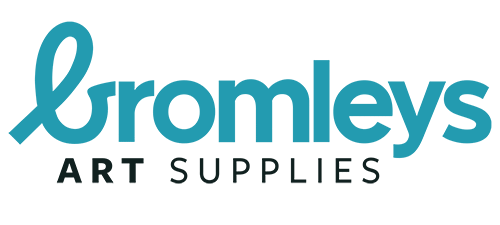

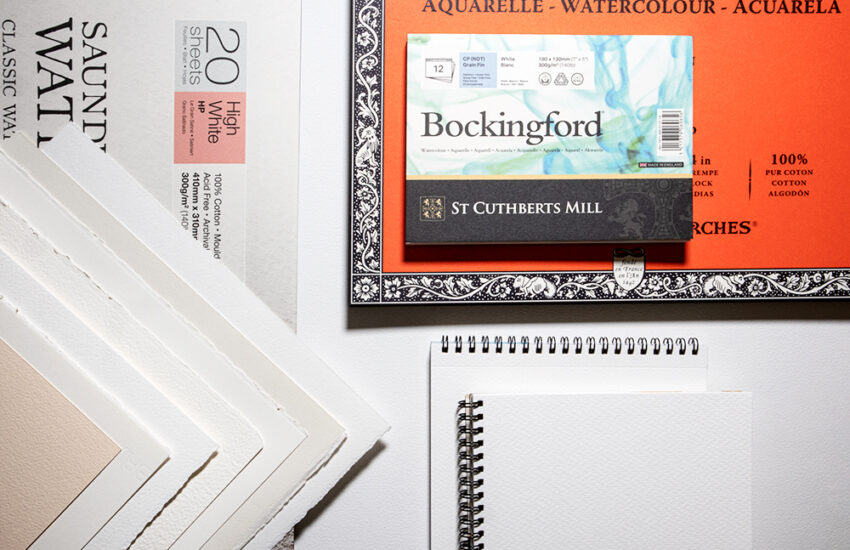
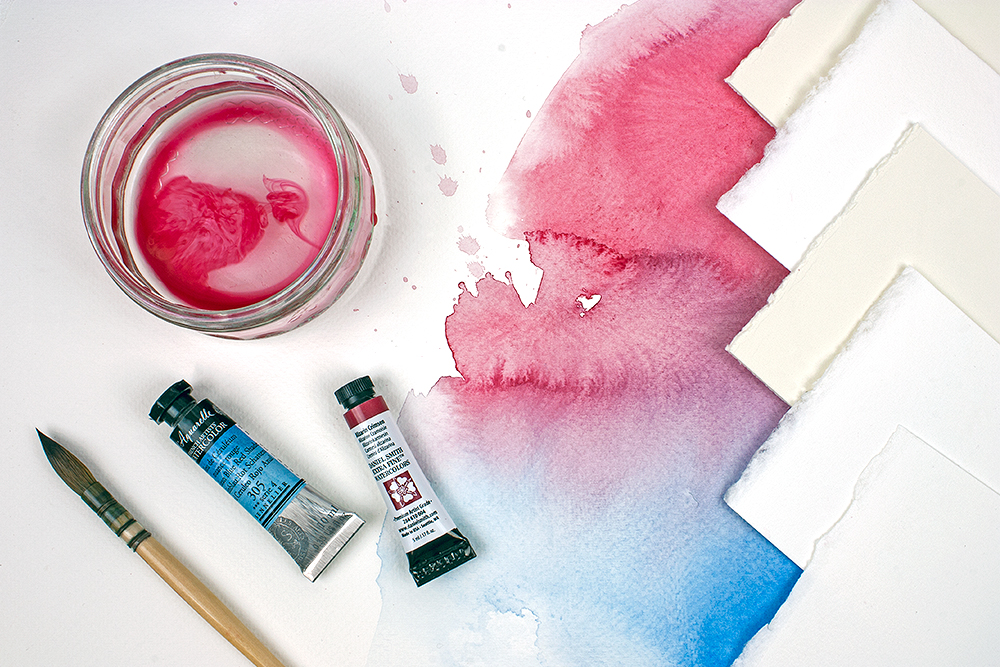
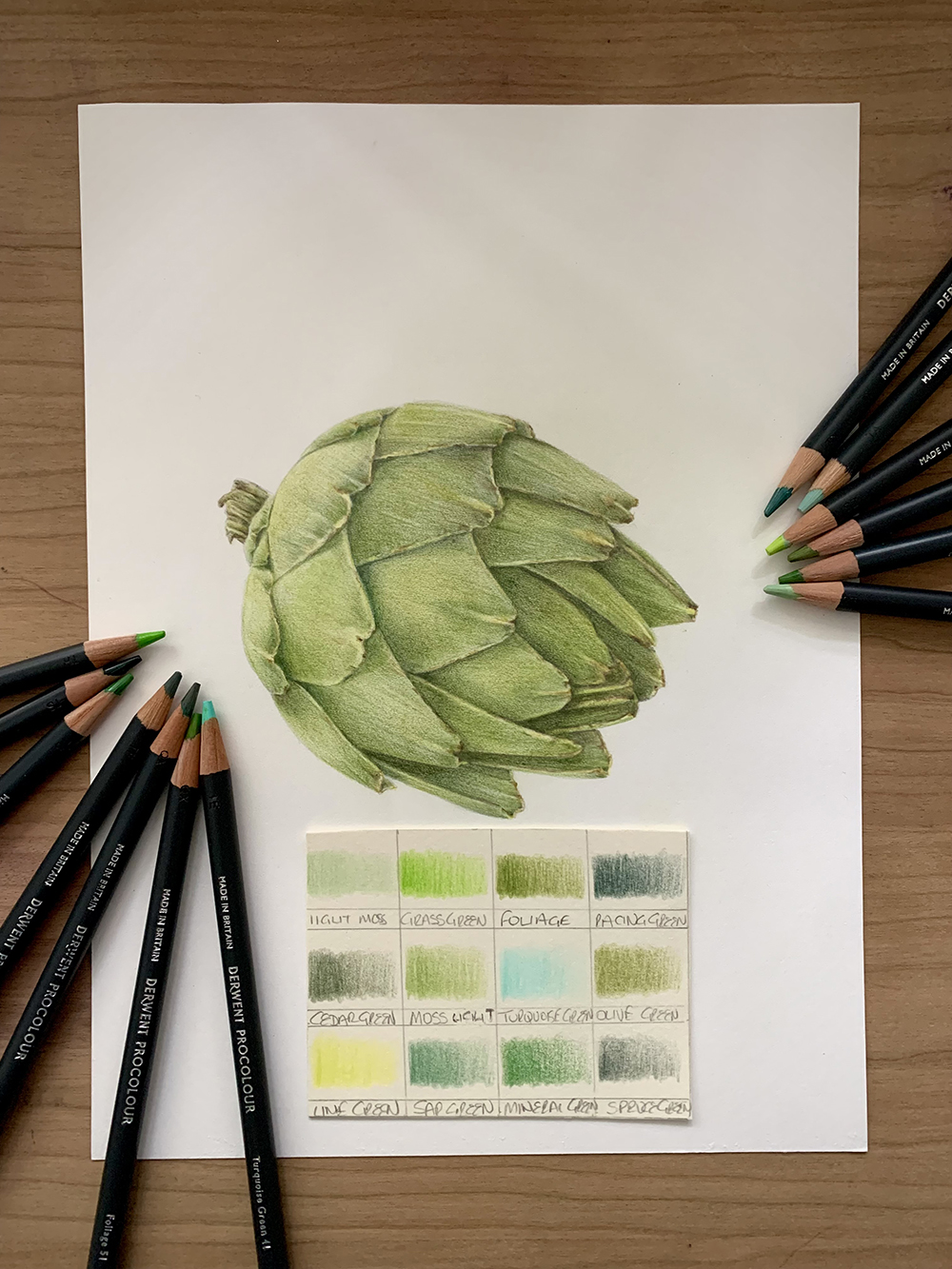
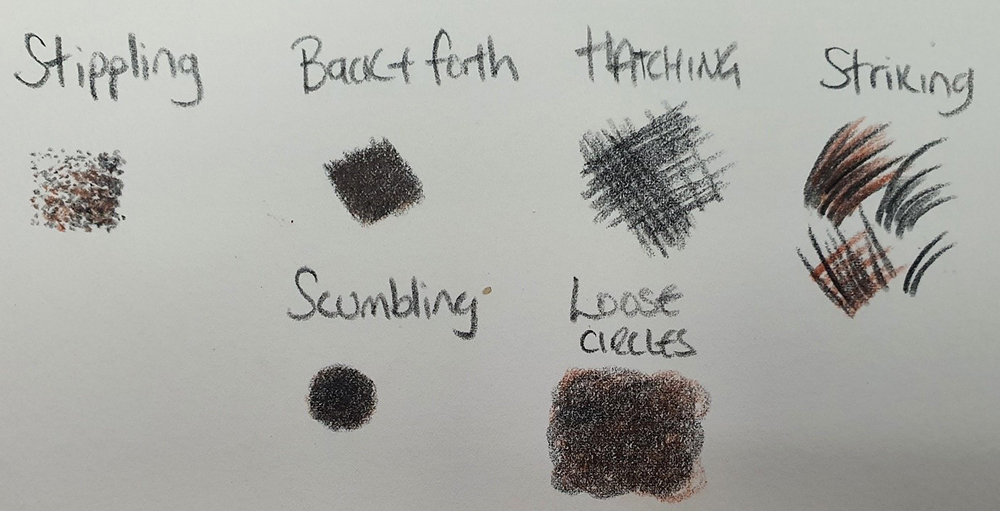
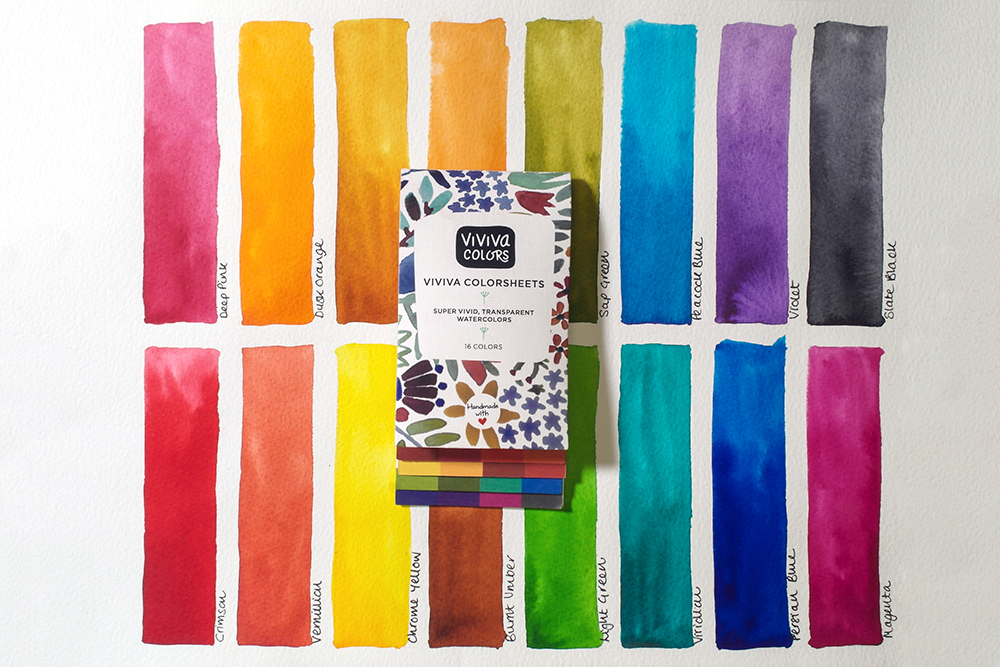
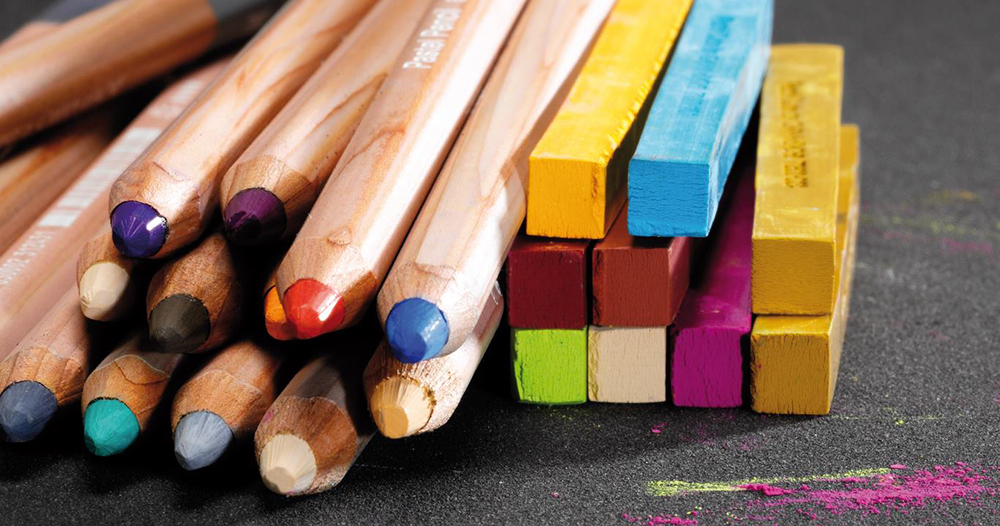


I’d like to talk with you. is that possible?
No problem Stephen, just give us a call on 01204 690 114 or drop us an email to [email protected]